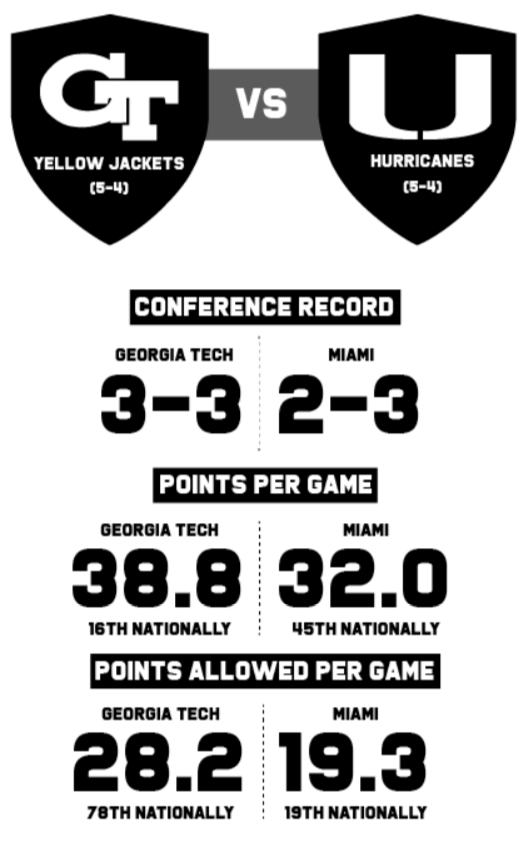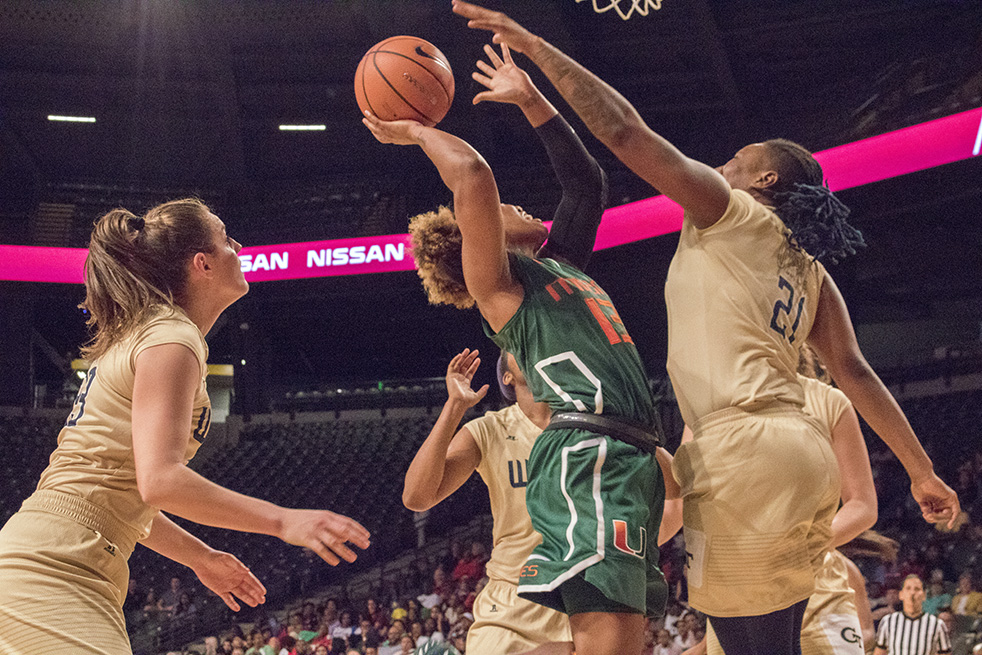Posted on 04 November 2018.

A week and a day before Election Day brings Americans together to vote on the future of the country, members of four different political organizations on campus had the chance to challenge each other and discuss a broad range of topics in a debate held in the Student Center Theater.
Some of the topics discussed included election system security, freedom of speech on the Internet and whether current policies that block undocumented immigrants from Georgia’s top universities are just.
The event, which lasted from 7 p.m. to 9 p.m. on Monday, was hosted by the Student Government Association (SGA) Government Relations committee and boasted a solid attendance of students sprinkled across the theater.
Four political organizations — the College Democrats, College Republicans, Young Democratic Socialists of America (YDSA) and Young Americans for Liberty (YAL) — were able to each place two representatives on the panel.
A total of six questions were fielded to the debaters. Each party was allotted two minutes to answer each question and explain their position, after which a seven minute open discussion period would ensue — leading to an overall two hour long event.
The first question touched on the issue of election reform and students discussed whether electronic ballots are robust enough for use in elections.
Georgia is one of only four states across the country that uses an electronic ballot without any paper trail for use in elections, meaning that there is no physical backup for election auditing.
The electronic nature of Georgia’s election system, which might contain exploitable vulnerabilities, has been a concern among voters leading up to the election.
Abhishek Khandal, third year AE and one of the representatives of College Democrats, argued that the country should shift to paper ballots only.
“As we’ve seen recently in this year’s elections, in the midterms, in Texas, voting machines have been recorded as flipping votes from not only just from Democratic to Republican, but also Republican to Democratic, and that’s obviously a major cause for concern,” Khandal said.
“It is the 21st century and of course we want to continue to use technology to help ease all of our systems, including voting,” said Matthew Bowling, fourth year BA, speaking on behalf of the College Republicans. “Another thing to consider is that the quicker you are able to vote with technology incentivizes more people to come out and vote. No one likes long lines.”
Bowling, however, said that there should a paper receipt for recount purposes.
Nicholas Riccardelli, third year BME and president of YAL, shifted discussion on the question on election reform away from voting technology and to whether third parties are treated fairly in the process leading up to and during Election Day.
“There is a level of, I think, discrimination against third party candidates within our electoral system,” Riccardelli said. “The Commission on Presidential Debates — the rules that they’ve set for who is eligible for the debate I think are overly restrictive and don’t allow candidates who may better represent the views of American citizens.”
Riccardelli noted that although Gary Johnson, the Liberatarian Party nominee for the 2016 presidential election, was on the ballot in all fifty states, he still was not allowed on the debate floor with major party candidates Hillary Clinton and Donald Trump.
Nate Knauf, third year CS, chair of YDSA and College of Computing student representative, criticized campaign finance law for breaking the electoral system across America.
“An elite class of billionaires has captured our electoral system and rigged it in their favor,” Knauf said. “The Senate and the Electoral College were not intended for this and they have been molded over time to advance the majority rule of a minority of the population.”
Knauf criticized campaign finance laws that allow large amounts of money to be donated to super political action committees — super PACs — without sufficient transparency regulations governing donor disclosure.
The mixture of various opinions was typical of discussions of later issues, where the political organizations were asked to discuss where to draw the line on what speech is tolerated on social media, and the U.S. foreign policy response to climate change.
In general, those issues brought a partial consensus: that speech on social media platforms should not be impinged upon by government regulations, but companies had free range to remove users based on violations to their terms of service; and that anthropogenic climate change was real and something needed to be done about it, even if there were multiple policy routes to approach that goal.
The second trio of questions focused on issues particular to Georgia, and were given to panelists from before the debate so that they could prepare responses.
Of those later questions, voices on the left and right most diverged on whether Georgia rules that prevent undocumented immigrants from entering top state universities unfairly deprive students of an education.











